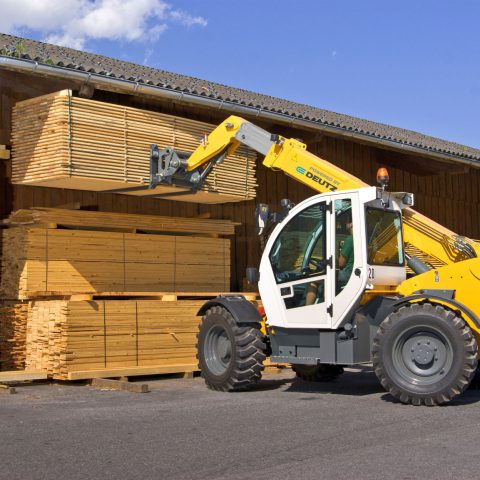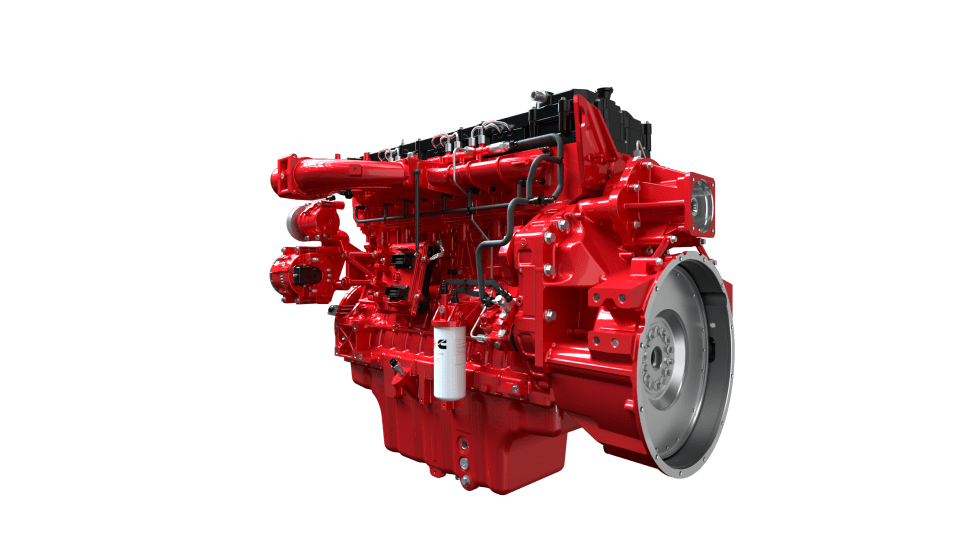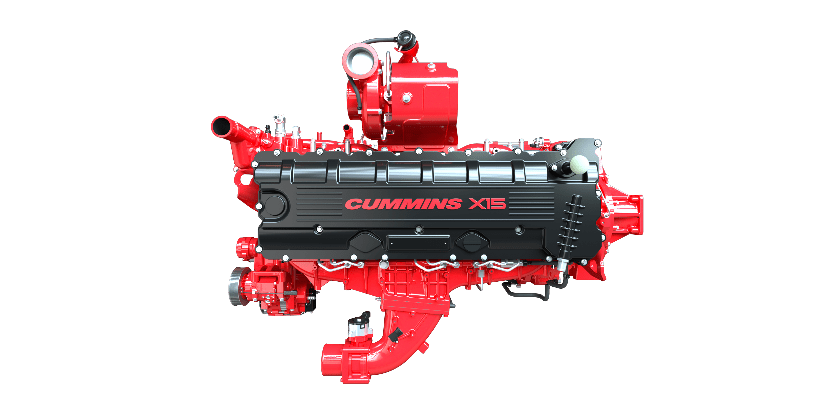Are we really going electric?
James Dorling, Senior Consultant at KGP, wrote this interesting article about electrification in non-road machinery

Looking beyond 2021, towards an optimistic but still troubled future living with COVID, one thing that has come to the fore is an increased focus into the environmental impact, the efficiency, and the business ethics for all industries around the world. The challenge has been evident for several years now, but it appears there are some solutions beginning to come to fruition.
The strategy for electrifying the non-road industry is the hottest of topics for key stakeholders throughout the industry. KGP first wrote an article regarding electrification in the non-road sector in 2016. There were several hybrid excavators available, and Caterpillar had the ever-popular D7E hybrid dozer. However, other than these examples (and some other niche applications), the question of electrification was just beginning to gain traction. Since then, electrification capabilities have been demonstrated by all manner of OEMs and suppliers throughout the non-road sector.
In KGPs Global Non-Road Powertrain Forecast Q3 2021 update, global NRMM production is expected to peak in 2021 around 4.8 million units, as the global economy continues to recover from the COVID pandemic.
Electric machinery
The production of electrified machinery sits at around 478,000 units in 2021. With most of this volume attributed to the materials handling sector, specifically forklift trucks and aerial work platforms. For KGPs October 2021 update we have identified around 350 models of electrified non-road machinery, compared around 190 in the 2020 edition (this excludes battery electric lift trucks.
The materials handling sector already has a large share of battery electric models, making it one of the most mature markets for battery technology. Traditionally most OEMs have used lead acid batteries, but these require regular swaps and charging throughout a day’s work, increasing the total cost of ownership (TCO). Lithium-ion is quickly taking over from lead acid, with improved performance and longer operating hours all beneficial for the operator. We also see hydrogen fuel cell gaining significant market share, because hydrogen removes the need for battery storage rooms and additional staff costs associated with battery electric lift trucks.
In large scale operations, where the businesses can absorb the cost of installing on-site electrolysis, the TCO appears favourable for hydrogen lift trucks in the medium to long term. Looking beyond the materials handling sector, the key development trend seen in the past few years has been in the electrification of compact machinery, with mini excavators, compact wheeled loaders and small tractors (…)
READ THE FULL ARTICLE ON PAGE 12 OF POWERTRAIN NOVEMBER ISSUE








